In order to wear a kimono more beautifully, an important undergarment called “hadajuban” is essential.
Hadajuban is worn under the kimono and is sandwiched between the skin and the kimono to absorb sweat and keep the kimono clean. In addition, by matching the material and color of the hadajuban with the fabric of the kimono, you can create an even more beautiful look.
In this article, we will explain in detail about hadajuban as well as the points to consider when choosing a kimono depending on the season!
It covers important information to enjoy kimono, from how to choose and type hadajuban, how to wear it, and how to care for it and wash it, so please use it as a reference!
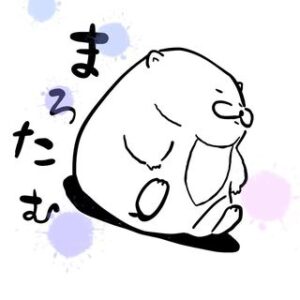
What is the difference between nagajuban and hadajuban? Do you need both?
We will solve your doubts!
Click the link below for a detailed explanation of nagajuban!
[Nagajuban]Washable long undergarment! White, plain, for summer, with integrated clothing without crests, white, one size fits most[Dedicated page for shipping outside of Japan]
◆Size: Free size (approx. cm) Body length 120, sleeve l…
table of contents
- What is Hadajuban? Difference from Nagajuban undergarment
- Seasonal Hadajuban types and how to choose them
- Types of hadajuban
-
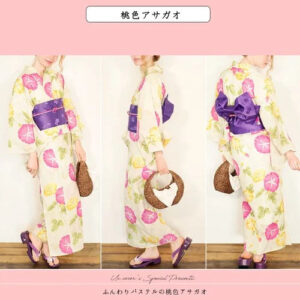
2023年トレンド セパレート浴衣 楽チン 簡単 女性浴衣ゆかた 紫陽花柄 花柄 黄色
¥13,7542023年トレンド セパレート浴衣 楽チン 簡単 女性浴衣ゆかた 紫陽花柄 花柄 黄色
セパレートタイプの浴衣です
■サイズ:フリー
■適応寸法:152~167cm
上サイズ■身丈=52cm/袖丈=49cm/裄=67cm
下サイズ■スカート丈=99cm※帯は付属しておりません
¥13,754 -
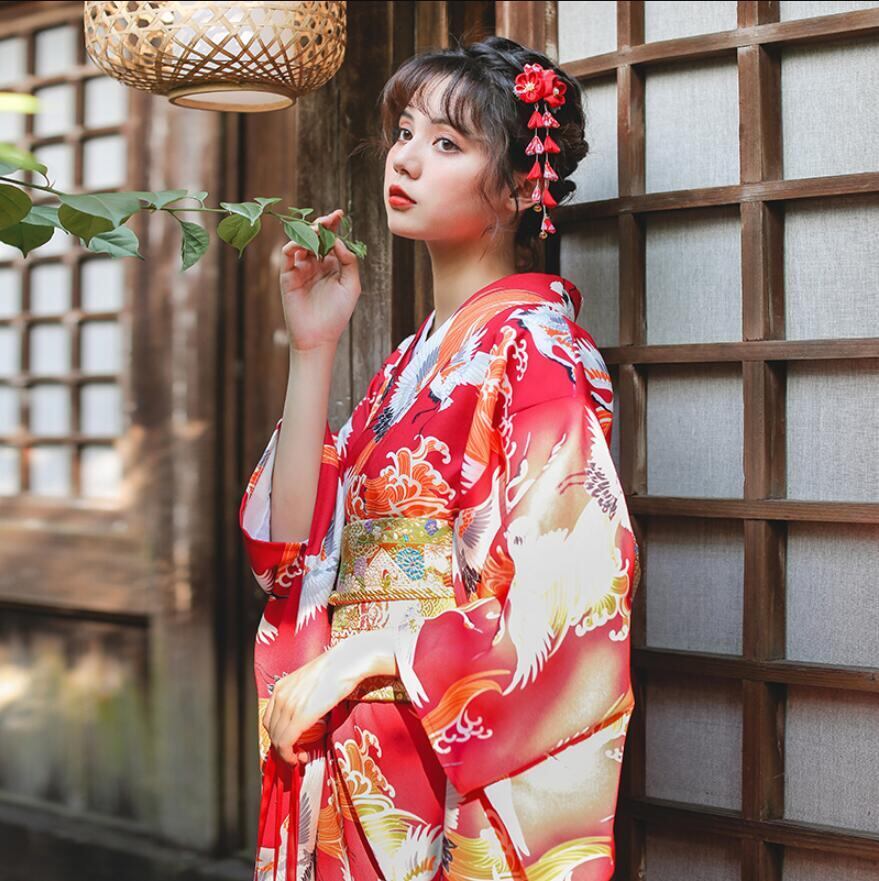
【浴衣セット】浴衣+手袋+靴下+襟芯 鶴柄 夏用着物
¥18,177 -
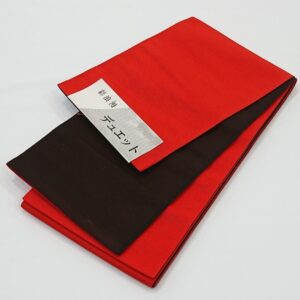
【訳あり特価】半帯 本場筑前博多織半幅帯 赤 絹100%(ヤケ有り・キズ有り)
¥7,850 -
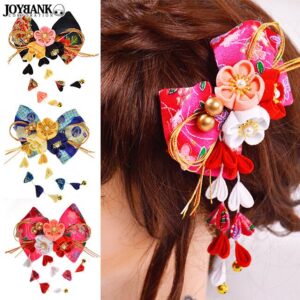
三色梅と下がり飾りの髪飾り りぼん型
¥5,224
What is Hadajuban? Difference from Nagajuban undergarment
Hadajuban is a type of Japanese underwear that is worn between the skin and the nagajuban when wearing a kimono.
This is an essential item to avoid direct contact with the kimono and to keep the nagajuban clean and comfortable, which is difficult to choose due to the material. The main roles of hadajuban are:
- Absorb sweat: Hadajuban absorbs sweat and prevents stains on your kimono. Since kimonos are difficult to wash, the Hada undergarment helps keep them clean.
- Makes the kimono slippery: Hadajuban’s slippery material reduces friction between the kimono and the kimono, making it smooth to put on the kimono.
- Adjusting the sheerness of the kimono: Especially for thin kimonos, the color and pattern of the hadajuban plays a role in adjusting the sheerness of the kimono.
| Nagajuban | Hadajuban | |
| How to wear | wear under kimono | wear under nagajuban |
| raw materials | Silk/cotton/polyester etc.. | Gauze/cotton/exposed etc.. |
| Appearance | Visible from cuffs and collar | Invisible (treated as underwear) |

It’s like wearing a hadajuban, a nagajuban, and a kimono on top!
Difference with nagajuban
Hadajuban and nagajuban look similar and are both worn under kimono, but they are different in shape and role.
- Shape: Hadajuban is sleeveless and covers the area from the shoulders to the waist, and is generally designed like a tank top. On the other hand, nagajuban has sleeves and has a long sleeve design that covers from the shoulder to the wrist. The nagajuban is worn under the kimono, especially during cold seasons such as winter.
- When to wear: Hadajuban is generally worn under a kimono during hot seasons such as spring and summer. The thin material has excellent breathability, so you can enjoy kimono comfortably in hot weather. On the other hand, nagajuban is used to increase heat retention when wearing kimono during cold seasons.
- Material: Hadajuban is often made of thin and breathable material. Common materials include cotton, linen, and polyester. Most nagajuban are made for the cold season, and are made of thick, heat-retaining materials such as silk or wool.
By choosing hadajuban and nagajuban according to the season and purpose of wearing the kimono, you can wear the kimono comfortably.

When wearing a yukata, don’t wear a nagajuban, but wear a hadajuban under the yukata!
Seasonal Hadajuban types and how to choose them
At Hadajuban, by choosing different types of kimono for each season, you can enjoy an outfit that suits the taste and climate of that season.
- hadajuban for spring and summer
- Thin material: Breathable, thin material is suitable for the hot spring and summer seasons. Cotton, linen, and polyester, which are cool to the touch, are recommended.
- Light-colored hadajuban: A bright or light-colored hadajuban takes advantage of the sheerness of the kimono to create a refreshing feeling.
- hadajuban for fall/winter
- Thick material: In the cold seasons of fall and winter, materials that retain heat are useful. Thick materials like silk or wool are suitable.
- Warm-colored hadajuban: A warm-colored hadajuban is recommended for the cold season. Red, dark colors, and warm-colored hadajuban are often chosen.
- Hadajuban for all year round
- Zenjuban: This is an all-season hadajuban that can be worn throughout the year. They come in a variety of materials and colors, and you can choose one to suit your climate and kimono.
- Designs that match the type of kimono: hadajuban comes in a variety of designs, and by choosing one that matches the kimono design, you can make your kimono look even more beautiful.
Types of hadajuban
There are various types of hadajuban depending on the season and type of kimono. You can make your kimono look even more beautiful by choosing hadajuban that differs in material, design, and purpose. Below is a detailed explanation of the typical hadajuban types.
- hanjuban
- Features: A short-sleeved hadajuban that can be worn through the sleeves of a kimono.
- Usage: Hadajuban is mainly worn with summer kimono. By letting the sleeves pass through, you can increase breathability and wear the kimono comfortably even in hot weather.
- Material: Cool materials are used, and linen, cotton, and polyester are common.
- zenjuban
- Features: A sleeveless tank top-shaped undergarment that is worn to wrap around the entire kimono.
- Usage: This is an all-season hadajuban that can be worn throughout the year. It is useful when wearing kimono in places where there is a difference in temperature.
- Materials: Materials vary depending on the season, and it is common to choose cool materials in the summer and warm materials in the winter.
- nuijuban
- Features: A juban that goes well with a luxurious and formal kimono, and is suitable for special occasions.
- Purpose: It is often worn for special events such as weddings and celebrations, and is usually worn with a formal kimono.
- Material: High-quality silk material and luxurious design using embroidery and metal thread.
- awasejuban
- Features: A two-layered undergarment that can be used in both summer and winter.
- Usage: Wear only one layer in the hot summer, and two layers in the cold winter. You can wear kimono comfortably by putting it on and taking it off according to the season.
- Material: Since it is used all year round, materials that are soft to the touch and suitable for all seasons are selected.
- erijuban
- Features: This undergarment is designed to cover only the collar.
- Application: It is often used for kimonos where the collar part easily gets dirty, so you can enjoy kimono while keeping the collar clean.
- Material: Mainly thin materials are used, and there are also materials that are even thinner than Hadajuban to create a sense of sheerness at the collar.
- hadagijuban
- Features: Made of thinner material than regular hadajuban, it is an undergarment that is worn directly under a kimono.
- Uses: Suitable for those who want to enjoy the sheerness of the kimono but do not want the hadajuban to stand out, or for lightly worn kimonos.
- Material: In order to create a sense of sheerness, very thin materials or materials that adhere easily to the skin are used.

Nagajuban, made of polyester material, is inexpensive and machine washable, so it is recommended for beginners!
By the way, don’t wear nagajuban under your yukata!
-
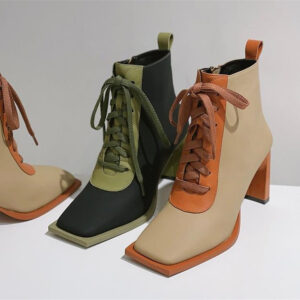 マーチャンダイズ レースアップ スクエアトゥ 太いヒール ショートブーツ 2色¥6,120
マーチャンダイズ レースアップ スクエアトゥ 太いヒール ショートブーツ 2色¥6,120 -
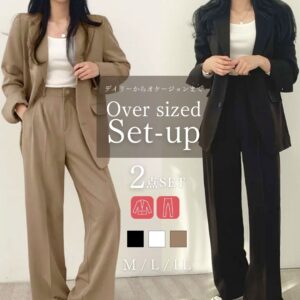 スーツ カジュアル レディース 上下セット オフィススーツ 全3色¥5,999
スーツ カジュアル レディース 上下セット オフィススーツ 全3色¥5,999 -
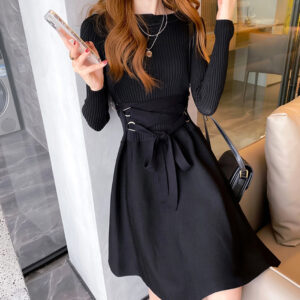 フレアミニワンピース リブニット クルーネック Aライン 黒¥4,990
フレアミニワンピース リブニット クルーネック Aライン 黒¥4,990 -
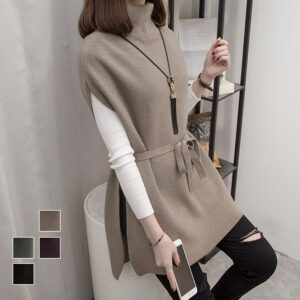 ニットプルオーバー ベスト チュニック ノースリーブ 韓国風 4色¥3,999
ニットプルオーバー ベスト チュニック ノースリーブ 韓国風 4色¥3,999 -
 細見えデニムパンツ ハイウエスト デニムスキニー ロングスリムパンツ 2色¥6,207
細見えデニムパンツ ハイウエスト デニムスキニー ロングスリムパンツ 2色¥6,207 -
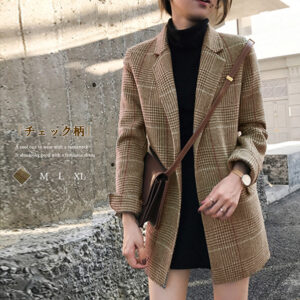 グレンチェックジャケット トップス オフィスカジュアル コート¥6,208
グレンチェックジャケット トップス オフィスカジュアル コート¥6,208 -
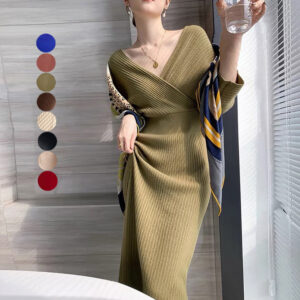 大人可愛いカシュクールニット リブワンピース インナーワンピにも! 8色¥4,872
大人可愛いカシュクールニット リブワンピース インナーワンピにも! 8色¥4,872 -
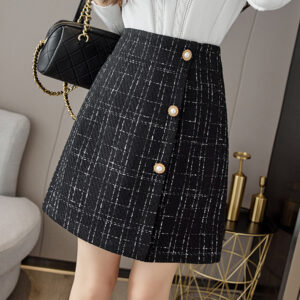 ツイード風 Aラインスカート ショート丈 韓国ミニスカート美脚¥4,255
ツイード風 Aラインスカート ショート丈 韓国ミニスカート美脚¥4,255 -
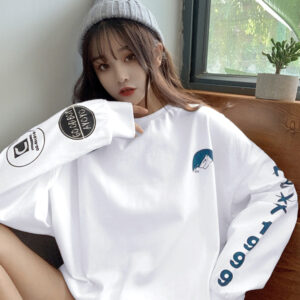 ロゴトレーナー 韓国風Tシャツ 体系カバービッグシルエット ワンサイズ 3色¥2,920
ロゴトレーナー 韓国風Tシャツ 体系カバービッグシルエット ワンサイズ 3色¥2,920 -
![Happi coat, Hannya pattern, white black letters, perfect for summer festivals and Japanese clothing! korean fashion[Dedicated page for shipping outside of Japan]](https://rond100.com/wp-content/uploads/2024/02/17963485_0-300x300.jpg) Happi coat, Hannya pattern, white black letters, perfect for summer festivals and Japanese clothing! korean fashion[Dedicated page for shipping outside of Japan]¥6,822
Happi coat, Hannya pattern, white black letters, perfect for summer festivals and Japanese clothing! korean fashion[Dedicated page for shipping outside of Japan]¥6,822 -
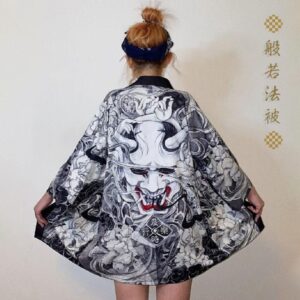 法被 般若柄 ホワイト黒字 夏祭りや和装に!韓国ファッション¥6,822
法被 般若柄 ホワイト黒字 夏祭りや和装に!韓国ファッション¥6,822 -
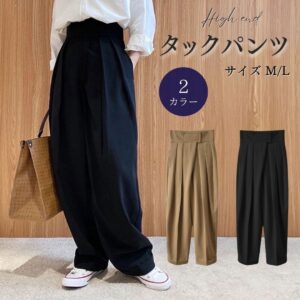 ワイド タックパンツ レディースk-popファッション 韓国 Korean ビッグシルエット 2色¥5,999
ワイド タックパンツ レディースk-popファッション 韓国 Korean ビッグシルエット 2色¥5,999 -
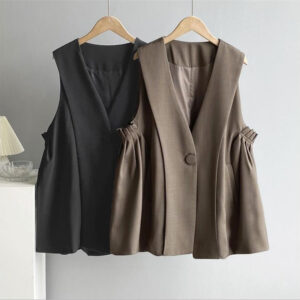 ゆったり着れる ストレートベストコート シングルボタン 袖なし 無地¥6,112
ゆったり着れる ストレートベストコート シングルボタン 袖なし 無地¥6,112 -
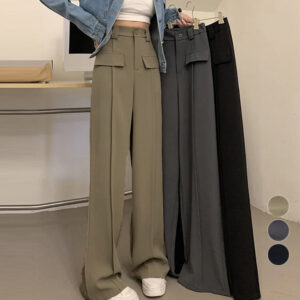 ワイド ドレープパンツ 無地 ウエストゴム ハイウエストスラックス脚長¥3,999
ワイド ドレープパンツ 無地 ウエストゴム ハイウエストスラックス脚長¥3,999 -
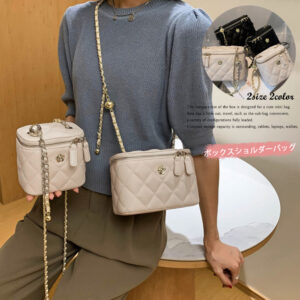 ミニチェーンバッグ レディース ショルダーバッグ キルティング 軽量バッグ 肩掛け¥3,999
ミニチェーンバッグ レディース ショルダーバッグ キルティング 軽量バッグ 肩掛け¥3,999 -
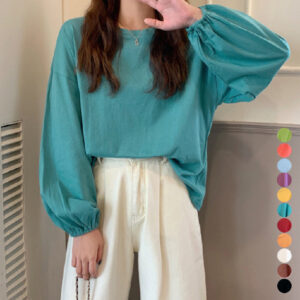 ラウンドネック 長袖 カラーTシャツ ドロップショルダー 11色¥1,995
ラウンドネック 長袖 カラーTシャツ ドロップショルダー 11色¥1,995

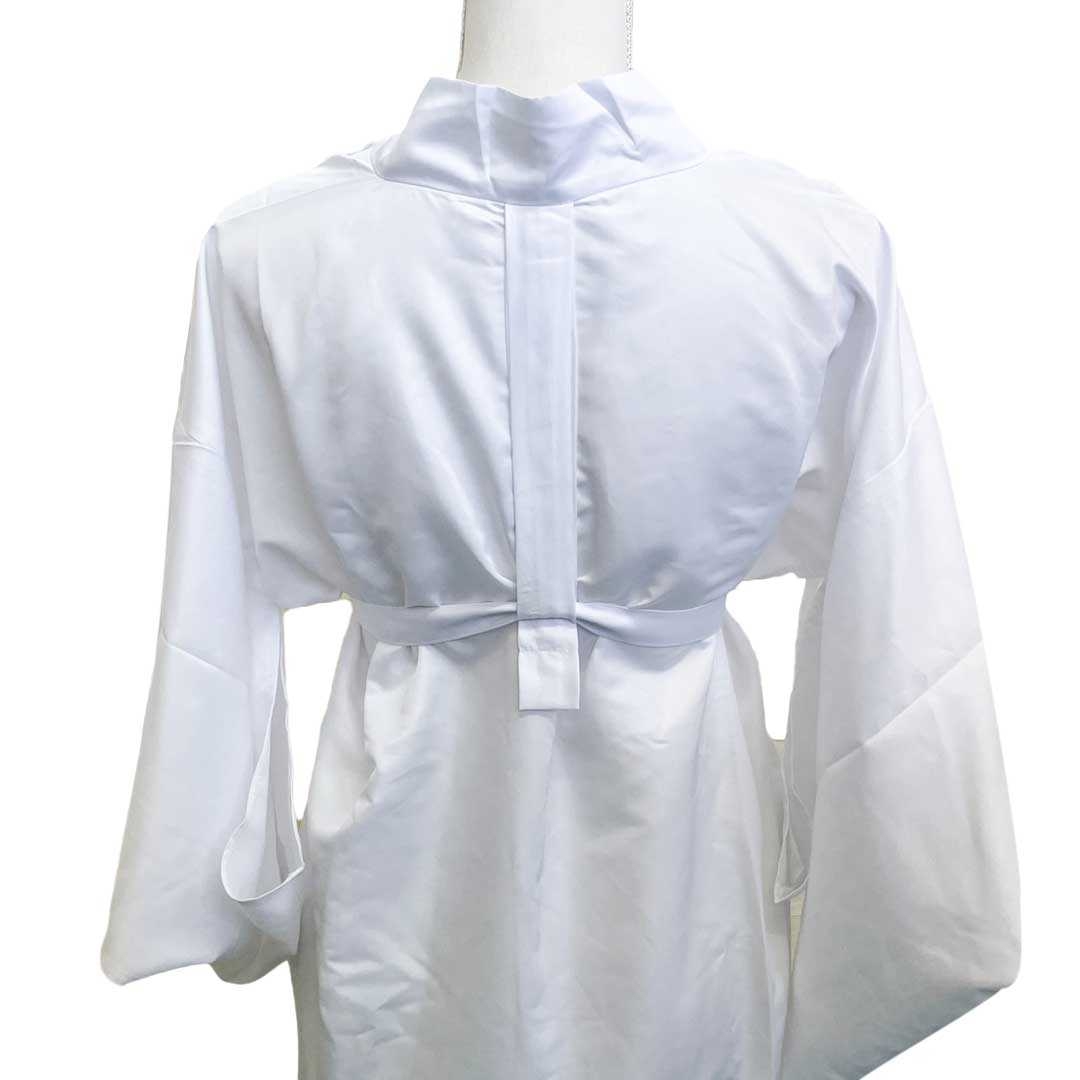

![01 [Nagajuban]Washable long undergarment! White, plain, for summer, with integrated clothing without crests, white, one size fits most[Dedicated page for shipping outside of Japan]](https://rond100.com/wp-content/uploads/2024/01/01-600x600.jpg)